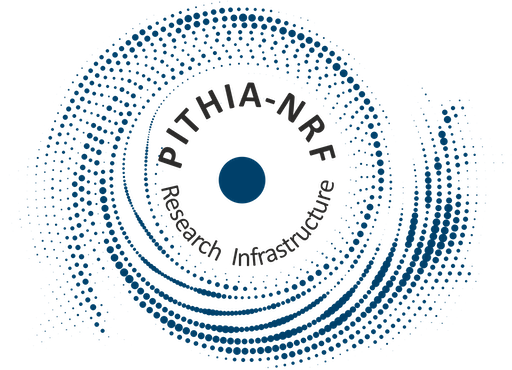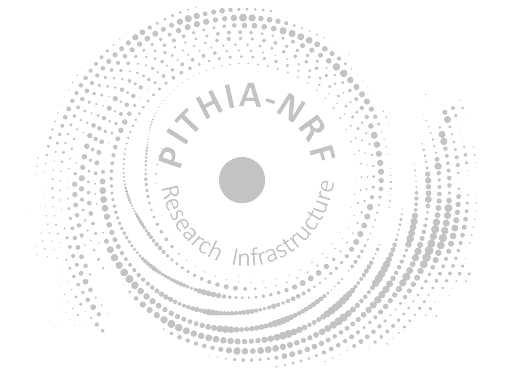<?xml version="1.0" encoding="UTF-8"?>
<DataCollection xmlns="https://metadata.pithia.eu/schemas/2.2" xmlns:gmd="http://www.isotc211.org/2005/gmd" xmlns:om="http://www.opengis.net/om/2.0" xmlns:xlink="http://www.w3.org/1999/xlink" xmlns:xsi="http://www.w3.org/2001/XMLSchema-instance" xsi:schemaLocation="https://metadata.pithia.eu/schemas/2.2 https://metadata.pithia.eu/schemas/2.2/pithia.xsd">
<om:phenomenonTime/>
<om:resultTime/>
<om:procedure xlink:href="https://metadata.pithia.eu/resources/2.2/process/oe/CompositeProcess_OE_EPB_detectionTool"/>
<om:observedProperty/>
<om:featureOfInterest>
<FeatureOfInterest>
<namedRegion xlink:href="https://metadata.pithia.eu/ontology/2.2/featureOfInterest/Earth_Ionosphere"/>
</FeatureOfInterest>
</om:featureOfInterest>
<om:result/>
<identifier>
<PITHIA_Identifier>
<localID>DataCollection_OE_EPB_detectionTool</localID>
<namespace>oe</namespace>
<version>1</version>
<creationDate>2023-07-03T12:00:00Z</creationDate>
<lastModificationDate>2025-04-30T15:05:00Z</lastModificationDate>
</PITHIA_Identifier>
</identifier>
<name>EPB_detectionTool</name>
<description>The Equatorial Plasma Bubbles (EPB) detection tool is a method to identify the occurrence and its main observables (duration, depth of the depletion and the total disturbance)
with data gathered from receivers of Global Navigation Satellite System (GNSS). This method adapts a previously existing technique to detecte Medium Scale Travelling Ionospheric
Disturbance (MSTIDs), which focuses on the second derivative of the total electron content (TEC) estimated from GNSS signals.</description>
<type xlink:href="https://metadata.pithia.eu/ontology/2.2/computationType/GNSS-SignalProcessing"/>
<project xlink:href="https://metadata.pithia.eu/resources/2.2/project/oe/Project_OE_EPB_detectionTool"/>
<relatedParty>
<ResponsiblePartyInfo>
<role xlink:href="https://metadata.pithia.eu/ontology/2.2/relatedPartyRole/PointOfContact"/>
<party xlink:href="https://metadata.pithia.eu/resources/2.2/individual/oe/Individual_OE_Segarra"/>
</ResponsiblePartyInfo>
</relatedParty>
<relatedParty>
<ResponsiblePartyInfo>
<role xlink:href="https://metadata.pithia.eu/ontology/2.2/relatedPartyRole/DataProvider"/>
<party xlink:href="https://metadata.pithia.eu/resources/2.2/organisation/pithia/Organisation_OE"/>
</ResponsiblePartyInfo>
</relatedParty>
<collectionResults>
<source>
<OnlineResource>
<serviceFunction xlink:href="https://metadata.pithia.eu/ontology/2.2/serviceFunction/OpenAPI"/>
<linkage>
<gmd:URL>https://www.obsebre.es/bubbles_API/openapi.json</gmd:URL>
</linkage>
<name>EPB Detection Tool API</name>
<protocol>https</protocol>
<description>The Equatorial Plasma Bubbles (EPB) detection tool is a method to identify the occurrence and its main observables (duration, depth of the depletion and the total disturbance) with data gathered from receivers of Global Navigation Satellite System (GNSS). This method adapts a previously existing technique to detecte Medium Scale Travelling Ionospheric Disturbance (MSTIDs), which focuses on the second derivative of the total electron content (TEC) estimated from GNSS signals. </description>
<dataFormat xlink:href="https://metadata.pithia.eu/ontology/2.2/resultDataFormat/image-png"/>
<dataFormat xlink:href="https://metadata.pithia.eu/ontology/2.2/resultDataFormat/text-csv"/>
</OnlineResource>
</source>
</collectionResults>
<dataLevel xlink:href="https://metadata.pithia.eu/ontology/2.2/dataLevel/L3"/>
<qualityAssessment>
<dataQualityFlag xlink:href="https://metadata.pithia.eu/ontology/2.2/dataQualityFlag/DQ2"/>
<metadataQualityFlag xlink:href="https://metadata.pithia.eu/ontology/2.2/metadataQualityFlag/MQ1"/>
</qualityAssessment>
<permission xlink:href="https://metadata.pithia.eu/ontology/2.2/licence/CCBYNCSA"/>
</DataCollection>

